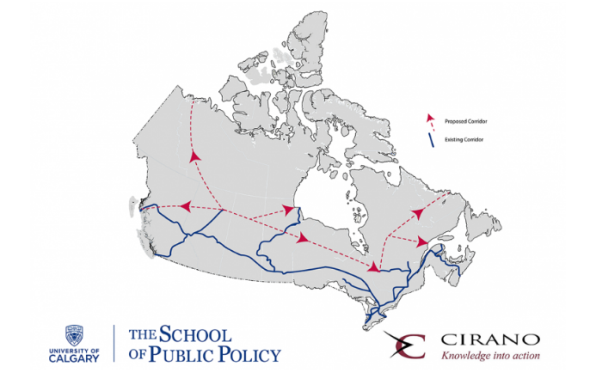 To order a copy of “Miner Indiscretions”: http://amzn.to/2hMreNl
To order a copy of “Miner Indiscretions”: http://amzn.to/2hMreNl
Since graduating Jon Ardeman’s geological career has been in many guises; in exploration, mining, consultancy, conservation and research. He has worked as a National Park guide, a nature warden looking after tadpoles and orchids, as a researcher digging up cow shed floors looking for Ordovician brachiopods and preparing dinosaur bones for a museum display. Enthused by these experiences, Jon sought further adventures, and headed to Africa where he worked as a geologist on various mines for more than a decade.
He returned to university and after a few years of academic research and consultancy, Jon went back to mining and precious metal exploration. His travels have taken him from the Arctic to the Equator, from North America and Siberia, to Europe, Australia, Asia and back to Africa.
During this time, Jon wrote several “mystery and imagination” short stories for magazines and competitions, but his inspiration for a first novel ‘Miner Indiscretions’ came from get-togethers with fellow prospectors and miners; with the story embellished by imagination, cold beer, a hint of the supernatural and – of course – dreams of African gold! The author is married with several children and now resides in Hertfordshire, England.
Overview
A hilarious, action-packed story following Timothy, who starts his career as a junior geologist on a modern deep gold mine in South Africa. Unexpectedly and ignominiously dismissed from this post; he manages to get a new job exploring for gold on the dilapidated Yellow Snake Mine in rural KwaZulu-Natal.
























